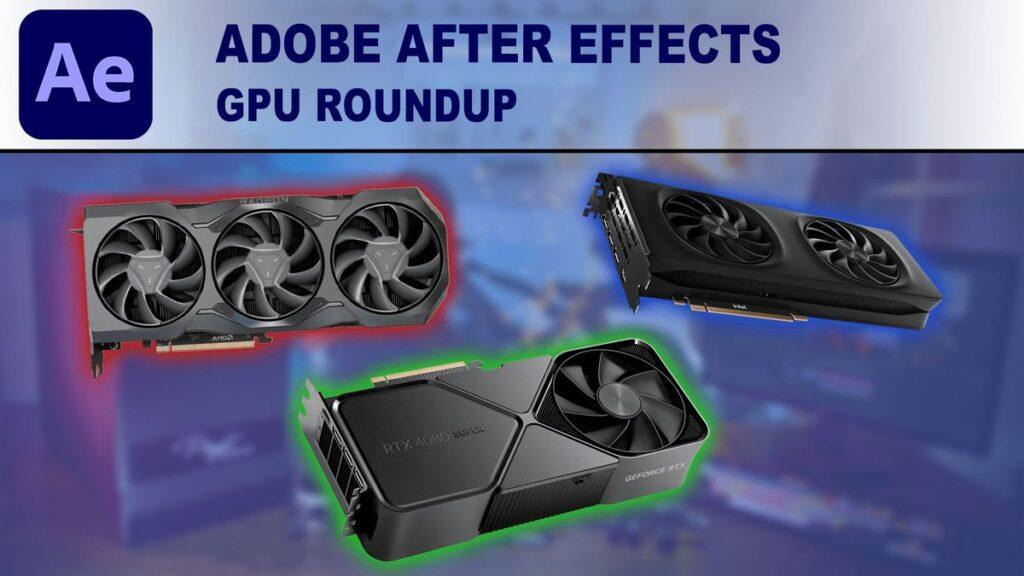- Nvidia has a considerable lead over its rivals in the latest Adobe After Effects benchmarks
- Even lower-performing Nvidia GPUs outperform Intel and AMD cards
- But to its credit, the M3 Max makes significant strides in 2D despite its laptop form factor.
Nvidia’s GeForce RTX 40-series GPUs have shown some significant advantages when it comes to 3D workflows compared to comparable Intel and AMD cards, new figures claim.
The latest benchmarks from Puget Systems After Effects say that Nvidia’s flagship GeForce RTX 4090 delivered up to 20 times the performance of Apple’s MacBook Pro M3 Max in 3D tasks; reflecting the card’s technical design focused on GPU-intensive workloads.
The 4090, equipped with 24GB of GDDR6X memory and 16,384 CUDA cores, nearly doubles the performance of its own mid-range RTX 4060 in advanced 3D tests using Adobe’s advanced 3D rendering engine, which relies heavily on GPU acceleration.
Nvidia RTX 4090 outperforms its rivals
Comparatively, the RTX 4060, with 8GB of GDDR6 memory and 3,072 CUDA cores, outperforms AMD’s flagship Radeon RX 7900 XTX, which features 24GB of GDDR6 memory and 6,144 stream processors.
Despite its superior memory capacity, the Radeon GPU is 25% behind the RTX 4060 in overall 3D performance.
Intel’s Arc GPUs, such as the Arc B580 with 12GB of VRAM and 3456 cores, also fall behind Nvidia’s mid-range offerings, lagging behind the RTX 4060 by about 22%.
Apple’s M3 Max, equipped with 40 GPU cores, runs about 10 times slower than the RTX 4060 in GPU-accelerated 3D tasks.
However, while Nvidia leads in 3D rendering, Apple’s M3 Max works well in 2D workflows due to its CPU efficiency. The MacBook Pro excels in projects that emphasize 2D layers and effects, where GPU performance plays a secondary role. However, for CPU-dependent tracking tasks, the Nvidia and Apple systems work similarly.
Nvidia owes its dominance in After Effects 3D workflows to its advanced GPU architecture and software integration. The RTX 4090, for example, comes with technologies like the Ada Lovelace architecture and the CUDA framework that optimizes 3D GPU performance.




